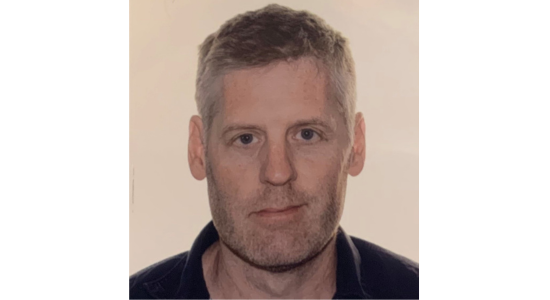Kursusleder, Associate professor, Globe institute, University of Copenhagen
Surface interactions
This course is a part of

Understanding the power of microscopic surface forces are key to advancements in material developments where surface interactions are vital. Elucidating the dynamics between Van der Waals forces, hydrophobic forces, and the electric double layer forces offer insights that might give rise to new opportunities. These very short-ranged forces, often overlooked, prove to be critical in optimizing material interactions at the nanoscopic level.
Van der Waals forces enable strong adhesion and cohesion. Hydrophobic forces often act as a shield, repelling unwanted moisture or as the property that drives and facilitates self-assembly. The repulsive electric double layer force, a consequence of surface charge in water, cater controlled interactions, where counteracting Van der Waals forces can enhance the functionality of surfaces and particles in numerous ways. Understanding and leveraging these forces could redefine the possibilities of surface material science, promising enhanced durability, efficiency, and performance.
This course will bring you to the forefront of the field of surface forces by introducing you to the fundamental elements involved in surface forces
I have over the years participated in numerous courses at different universities and venues. The service, faculty, catering and facilities at Copenhagen Summer University stand out as the best of them all
A huge thank you to all the very friendly people who were there to help on arrival and during the course.
Course director
Course details - Surface interactions
What is interaction at surfaces and why is it important
Understanding interactions at surfaces are important for many applications. For instance - what governs adhesion between object compounds and surfaces and what governs friction? How do you make sure surfaces are clean? And why does fine dust or small particles seem to cling to everything? Why is soap so effective at removing grease? Why are some surfaces repel water while others do not – and why does it often change over time? What happens to surfaces when they are exposed to air here on Earth? What makes a suspension of some colloids stable while others settle out. All these questions (and many more) can be answered from a basic understanding of surface interactions.
What you will learn
You will be introduced to the basic concepts of surface interactions, what is it, and why is it important for many applications. You will also get an overview over the theory behind surface interactions, what the key elements are. You will be introduced to interactions in air vs interactions in water and the range of forces. Since water is a key element in many interactions and biological systems you will also learn about the fundamental properties of water. The overall aim is to give the participants a broad basic understanding interactions at surfaces. The course will give you a direction on how to move on from the basic concepts and how to characterize important properties of surfaces.
Course content
Introduction to the following concepts:
- What is surface forces?
- The theory with the 6 key intermolecular forces that contributions to surface forces
- Interactions between molecules to nanoparticles to extended surfaces
- Van der Waals forces.
- Hydrophobic/Hydrophilic interactions.
- Surfaces in air vs surfaces in water.
- DLVO forces (Electric double layer repulsion vs Van der Waals forces).
- Adhesion/repulsion.
- Hydration shells.
- Surface water and adventitious surface carbon.
We will go through behind each of these concepts, and work on relevant exercises from real world examples.
Participants - engineers and scientists
The course will be focused on fundamental physical principles behind surface forces, thus a background in basic mathematics and physics is a prerequisite. Concepts like coulomb forces and integrals should not be foreign to the participants. This course therefore assumes a bachelor degree in natural sciences, engineering or similar.
We will be using the following book that all participants will receive the first day:
Molecular interactions and surface forces, Jacob Isrealachivili, 3 edition, Academic press, 2011
Practical information
Location
University of Copenhagen
South Campus, Faculty of Law
Njalsgade 76
DK-2300 København S
Denmark
Contact
Copenhagen Summer University
csu@adm.ku.dk
+45 3533 3423
Time and Date
Registration for the course will commence in January 2025

